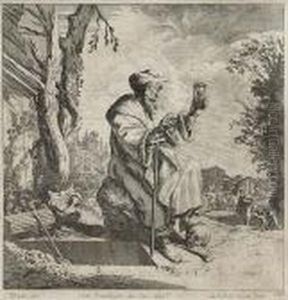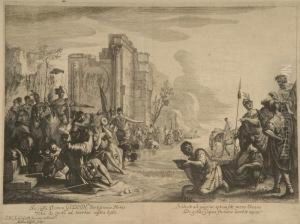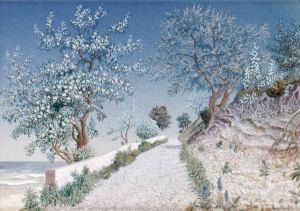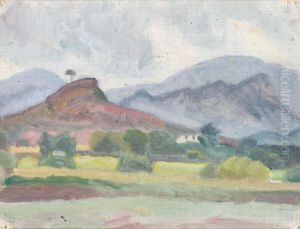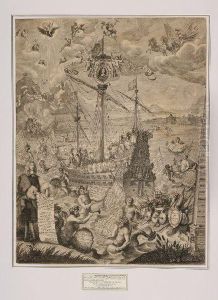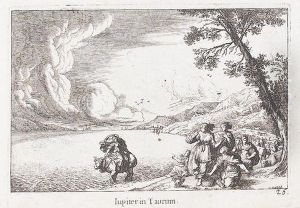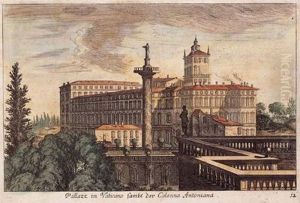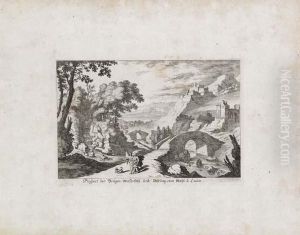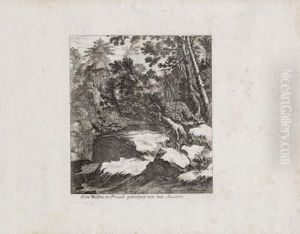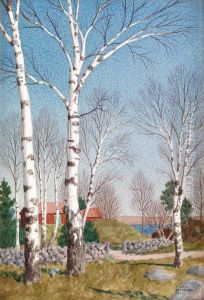Melchior Kusel Paintings
Melchior Kusel was a significant figure in the world of art during the 17th century, particularly known for his work as an engraver. Born in 1626, Kusel's contributions to art spanned several decades, during which he developed a distinctive style that was admired by his contemporaries and has been studied by art historians ever since. His life and work are emblematic of the Baroque period's intricate aesthetics and the era's broader cultural and artistic movements.
Kusel's career was primarily centered in Augsburg, Germany, a city that was an important hub for artists and craftsmen during the Baroque period. This environment provided him with ample opportunities to collaborate with other artists and to be involved in the vibrant artistic community of the time. Kusel's engravings are known for their detail, precision, and the sense of motion they convey, characteristics that are hallmarks of Baroque art.
Throughout his career, Kusel worked on various projects, including portraits, religious scenes, and illustrations for books. These works not only showcase his skill as an engraver but also provide a glimpse into the cultural and social milieu of 17th-century Europe. His ability to capture the complexity of human expressions and the intricacies of architectural and natural forms earned him a place among the notable engravers of his time.
Melchior Kusel's contributions to the art world did not go unnoticed during his lifetime, and his legacy has continued to be appreciated by subsequent generations. His engravings are considered important examples of Baroque art and are studied for their aesthetic qualities as well as their historical significance. Kusel's work reflects the broader trends of his time, including the emphasis on emotion, detail, and the interplay of light and shadow, making his engravings a valuable window into the Baroque era.
Kusel passed away in 1683, leaving behind a body of work that continues to be admired and studied. His engravings have been preserved in various collections and museums around the world, serving as a testament to his skill and artistic vision. Melchior Kusel's life and work remain an important part of art history, offering insight into the Baroque period's rich artistic landscape.
